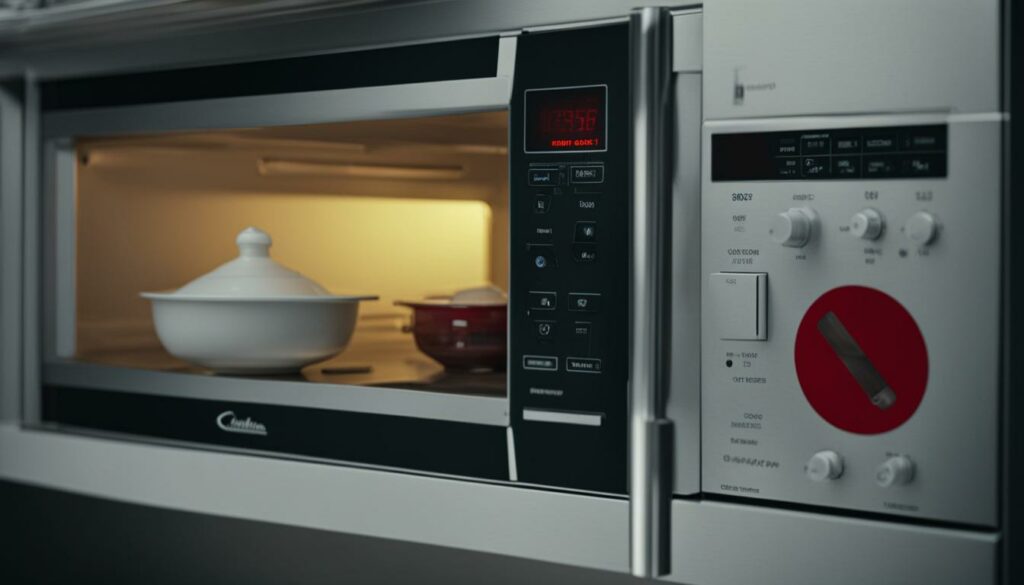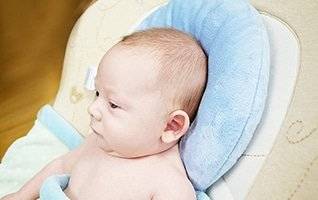If you’re a new parent, you may be wondering whether baby bottles have to be warm before feeding your baby. There is no one-size-fits-all answer, as different babies may prefer different bottle temperatures. However, there are some benefits to warming a baby bottle before feeding, as well as options for those who prefer cold or room temperature bottles. In this article, we will explore the different temperatures at which baby bottles can be prepared and the factors to consider when deciding whether to warm a bottle or not.
Key Takeaways
- Baby bottles do not have to be warm, but warming a bottle can have benefits.
- Formula and breast milk can be served at different temperatures, depending on your baby’s preference.
- Preparing and storing bottles safely is important, regardless of the temperature.

Benefits of Warm Baby Bottles
If you are a new parent, you might be wondering whether it’s necessary to warm your baby’s bottle before feeding. While it’s not mandatory, warming baby bottles can have its advantages, especially when using breast milk or formula.
So, what are the benefits of warm baby bottles? Let’s take a look:
- Mimics natural temperature: Warm bottles can mimic the natural temperature of breast milk, which is typically around 98.6°F (37°C). This can help your baby feel more comfortable during feeding.
- Helps soothe your baby: The warmth of the bottle can have a calming effect on your baby, which may make feeding time a more pleasant experience for both of you.
- Helps with digestion: Warm milk can aid in digestion by relaxing your baby’s stomach muscles, making it easier for them to digest their food.
One important thing to keep in mind is that you should never heat a baby bottle in the microwave, as it can heat unevenly and create hot spots that can burn your baby’s mouth. Instead, use a bottle warmer or heat the bottle in a bowl of warm water.
If you’re breastfeeding, you might want to consider pumping and storing breast milk in a bottle before warming it up for your baby. This can help you keep track of how much your baby is eating, and also allow someone else to feed the baby while you take a break.
Cold Bottles: An Alternative Option
When it comes to feeding your baby, warm bottles may be the norm, but did you know that cold bottles or bottles at room temperature can also be an option?
Some parents prefer to use cold bottles for several reasons. Firstly, it can be a convenient option, especially when you’re traveling or don’t have access to a warm water source. Secondly, some babies simply prefer the cooler temperature of cold bottles, so it could be a matter of preference.
If you decide to go with cold bottles, it’s important to note that you still need to take the necessary precautions for safe feeding. Make sure bottles and nipples are thoroughly cleaned and sterilized before use, and that they are stored properly to avoid contamination. Also, consider warming the bottle slightly if you’re using breast milk, as some babies may have difficulty digesting cold breast milk.
Safely Preparing and Storing Cold Bottles
If you choose to feed your baby a cold bottle, it’s essential to follow the correct safety guidelines for preparation and storage. Here are a few steps to help you get started:
| Step | Instructions |
|---|---|
| Step 1 | Fill the bottle with previously refrigerated breast milk or formula. |
| Step 2 | Place the bottle in an insulated cooler bag or in the fridge for a short period. |
| Step 3 | When ready to feed, remove the bottle from the cooler or fridge. |
| Step 4 | Check the temperature by testing a few drops of milk on your wrist or the back of your hand. |
| Step 5 | Feed your baby their cold bottle. |
Remember to use refrigerated breast milk or formula within 48 hours, and avoid re-heating cold bottles as it can cause bacterial growth. Instead, you can warm the bottle slightly if needed, but be sure to test the temperature before feeding your baby.
Ultimately, whether you choose to use warm or cold bottles is a matter of personal preference. While warm bottles may be the traditional option, cold bottles can be a safe and convenient alternative. It’s up to you to decide what works best for you and your little one.
Room Temperature Bottles and Breast Milk Temperature
When it comes to feeding your baby, you may wonder if you need to warm the bottle or if room temperature is okay. This is particularly relevant when using breast milk, which is typically stored in the fridge. So, can you serve breast milk at room temperature?
The answer is yes! You can absolutely serve breast milk at room temperature. In fact, many pediatricians recommend it, especially during the summer months when it’s hot outside. Room temperature breast milk can be a refreshing option for your baby.
However, it’s important to note that if your baby is used to warmed milk, they may initially reject the room temperature option. In this case, it’s best to gradually transition to room temperature milk by warming the bottle slightly less each time until they are comfortable with the change.
When preparing room temperature bottles, make sure to handle the breast milk carefully to avoid contamination. Wash your hands before handling the milk and use clean bottles and nipples. You can either thaw the milk in the fridge overnight or warm it up slightly in a bowl of warm water. Don’t microwave breast milk, as this can create hot spots that can burn your baby’s mouth and destroy the nutrients in the milk.
Formula Temperature and Baby’s Preference
When it comes to formula feeding, the temperature of the bottle can play a crucial role in your baby’s comfort and satisfaction. While there are general guidelines for preparing formula, every baby has their own preferences when it comes to bottle temperature.
The recommended temperature range for formula is between 98°F to 105°F (36.5°C to 40.5°C), which is close to body temperature. This temperature range helps to ensure that your baby can digest the formula comfortably and can also mimic the natural temperature of breast milk.
However, some babies may prefer cooler or warmer formula. If your baby seems fussy or refuses to feed, try adjusting the temperature of the bottle to see if that makes a difference. When warming formula, be sure to test the temperature of the bottle before feeding your baby to avoid burning their mouth.
Pro tip: To warm a bottle of formula quickly, place it in a bowl of warm water for a few minutes. Be sure to swirl the bottle to ensure the temperature is consistent throughout.
On the other hand, some babies may prefer cooler bottles. If your baby seems to enjoy cold drinks or if you live in a hot climate, you can prepare bottles at a cooler temperature. Just be sure to store and handle the formula safely, following the manufacturer’s instructions.
Ultimately, the temperature of the formula is a matter of preference for your baby. By experimenting with different temperatures, you can find the sweet spot that makes feeding time a happy and comfortable experience for both you and your baby.
Factors to Consider
When selecting the temperature for your baby’s bottle, you need to think about a variety of factors, such as the type of milk you’re using, the weather, and your baby’s personal preferences.
Guidelines for Safe Feeding
Be sure to follow the recommended guidelines for preparing and storing breast milk, formula, and bottles. You should always wash your hands and sterilize your equipment before feeding your baby.
Options for Bottle Temperature
There are several options for the temperature of your baby’s bottle. Warm bottles can be especially beneficial when using breast milk, while cold bottles or room temperature bottles may be preferred by some babies.
Listening to Your Baby
Ultimately, it’s essential to pay attention to your baby’s reactions and adjust your feeding methods accordingly. Whether your baby prefers warm, cold, or room temperature bottles, the most important thing is to ensure they are comfortable and well-fed.
Conclusion
By learning more about the temperature of baby bottles, you can make informed decisions about how to feed your little one. Be sure to consider their preferences, follow proper guidelines for safe feeding, and be open to experimenting with different temperature options to find what works best for your family.




